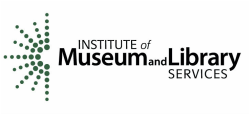What are the Elements of a Good Program?
Ideas and issues
1. Materials
2. Space
3. Audience
4. Progressions
5. Extensions –
6. Facilitation Make STEM visible/explicit
A. You’ve chosen a topic, thought about audience, got the materials, planned the progression, and then you implement
B. Deepen understanding by asking questions and making comments that draw children’s attention to phenomena
1. Materials
- Simple, open, and available (do it in library – it can go home)
- Highlight the important ideas – make them visible (think about available materials)
- Need to be brought out intentionally (simple to complex; not too much at a time)
2. Space
- No big deal
- Activities can be bounded by the space available
- Outdoors
3. Audience
- Age level matters but all can be adapted: materials, structure (bocce for little ones, ball on a ramp for little ones, wheels for older)
- Families - collaboration
4. Progressions
- Within a program – intro/setting the stage (book, materials themselves, draw from kids) to experience/focus to closure
- Series of programs may have a progression – need play/messing about first; bocce as example of something that works better with experience
5. Extensions –
- Lots of ideas
- Repetition (with a new book or new piece of equipment is a new program)
6. Facilitation Make STEM visible/explicit
A. You’ve chosen a topic, thought about audience, got the materials, planned the progression, and then you implement
B. Deepen understanding by asking questions and making comments that draw children’s attention to phenomena
- Productive questions – not too many/balance (What if…, how can we…, does xxx matter, will it …, do you think xxx will
- Commentary - vocabulary
- Join in
- Validate
- Closure/dialogue




